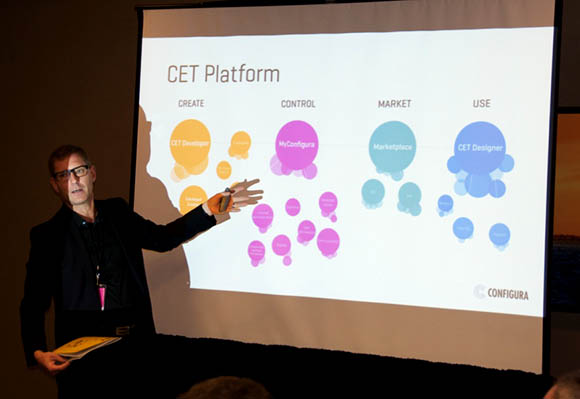![It’s Time to Bring Back the Office Cubicle]()
I’ve had it with the modern-day open office: bright fluorescent lights; fish-bowl distracting conference rooms that always leaves you wondering who your manager is meeting with; long shared desks.
Once upon a time, corporate executives thought cubicles were an optimal format for workers. Furniture giant Hermann Miller created the first cubicle in 1967 as a response to the chaos of open offices: rows of desks laden with clattering typewriters and chattering telephones, which was thought of as tremendously distracting and counterproductive.
You can say the same thing about open offices, but cubicles actually absorb and reduce sounds, and their walls cut down on visual distractions. All this makes it easier to perform better at your job. For example, cubicles seamlessly integrate technology by incorporating power and data management in panels, so you can easily plug in and situate your monitor without disturbing your colleagues. Moreover, cubicles give architects and designers flexibility when designing office spaces.
But cubicles are about twice as expensive as a benching system — those long desks that accommodate many workers. Though the cost of office furniture is opaque because it is usually bought through a sales representative, an average cubicle runs about $3,000, whereas an office bench station costs $1,250. It’s attractive for companies to save money on furniture like a benching system, and if they hire more workers, they can pack them like sardines at the same desk. But more workers, less space, and saving costs doesn’t lead to more productivity.
Via fortune.com

























